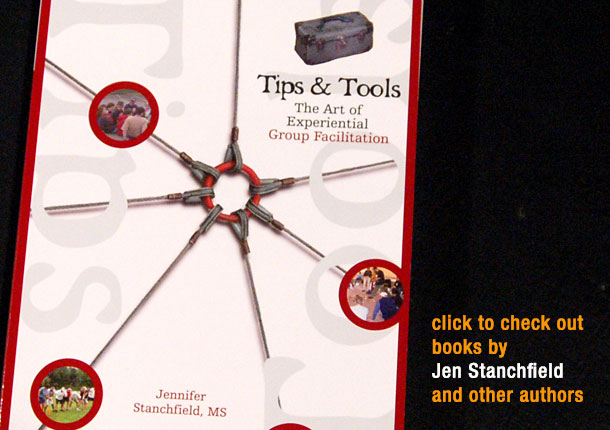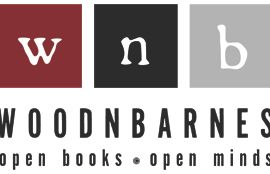
Oct 14, 2009 Bringing Learning to Life Through Reflection
Last Friday I offered another author’s lesson entry for Wood ‘N’ Barnes Publishing Company’s blog: “Bringing Learning to Life Through Reflection.”
Reflection brings learning to life. Educators help learners grow and change and create meaningful and lasting lessons by engaging in reflective practice. The educational philosopher John Dewey (1933) who is known as one of the forefathers of experiential education, believed that in order to truly learn from experience there must be time for reflection. Processing helps learners make connections between educational experiences and real life situations. It helps them recognize skills and strengths by naming them. By recognizing and naming the skills and strengths used in an experience, they become more cognizant of their inner resources and can call on them in future life situations.
Processing or reflection helps learners make connections from the skills they use in a “contrived environment” such as a classroom, challenge course, corporate training, or therapeutic group session to real life issues such as resolving conflicts with their peers, co-workers, or family, dealing with frustration, expressing their opinions appropriately, managing stress, and/or setting goals and priorities.
By using a variety of reflective methods—ranging from group dialogue, active reflection methods, artwork and the use of tangible objects, images, or metaphor—we can help participants view reflection as an exciting and dynamic part of group experience instead of “that boring thing you do after the engaging experiential activity.” One of the most effective ways I have found to help people create meaning from their experiences is the use of metaphor and symbols as part of reflection.
Creating Meaning With Metaphor
Often people can more easily express themselves through a symbol or picture than through verbal means. Image cards, pictures, artwork, and tangible objects can be used as meaningful and Click here to read more.




No Comments